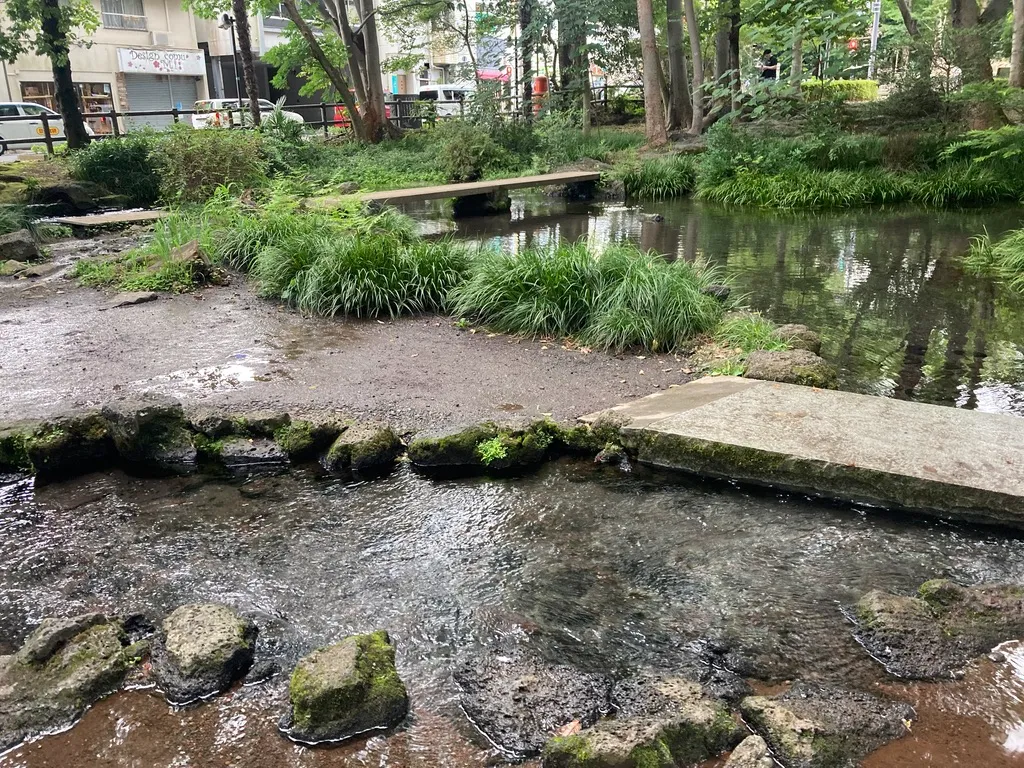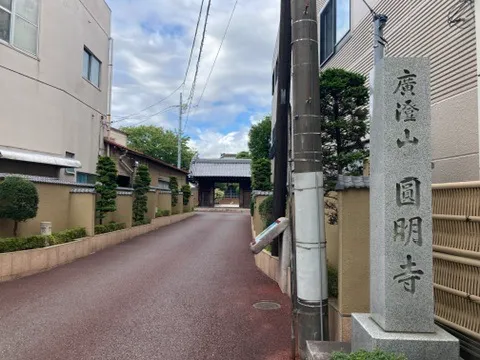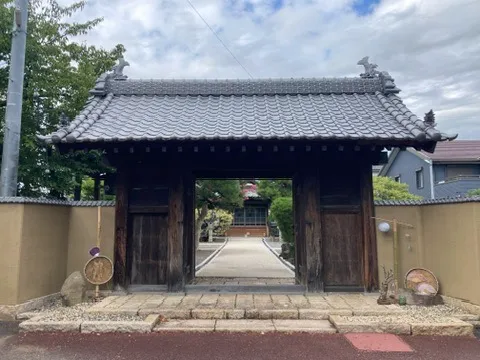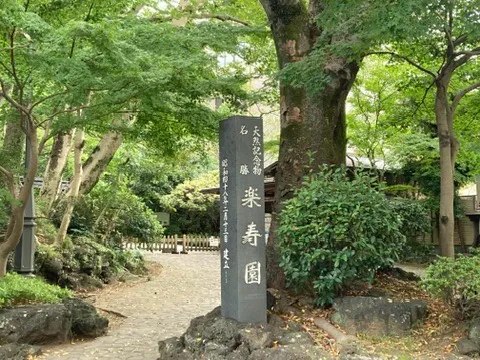This article was created using a translator. There may be expressions that are difficult to understand. If you have any questions, please check by yourself.
Please consult us about anything related to Fujieda City.
CONTACTNow, this time, I would like to introduce you to the 11th inn town, Mishima-juku. I say guide, but only to the places I’ve actually visited💦.
Mishima Jyku
Actually, I got off at Mishima station for the first time, but there are so many foreigners ❗️
Why? Because the Shinkansen “Kodama” stops there? Why?
It made me feel the power of inbound and made me think that I should manage this site well, too.
As you will see later, Mishima-juku seems to have developed as the town in front of the Mishima-taisha shrine, the first shrine in Izu Province, from the olden days. Fuji, and it has been selected as one of the “100 best water towns” in Japan.
What is it like, the Venice of Shizuoka?
Water is actually flowing everywhere, and the sound of it makes you feel very clear.


Various monuments have been erected throughout the town, including those associated with Shiki Masaoka, Toson Shimazaki, and Makisui Wakayama.


Mishima-taisha shrine at Mishima-juku
As I mentioned earlier, we cannot miss Mishima-taisha Shrine, which is depicted in ukiyoe prints. I am ashamed to admit that I did not know about it 💦.
It is said to be the most famous shrine in Izu, where Minamoto no Yoritomo prayed when he raised his army and won the first battle of the war. So it has been around for a long time.
The approach to Mishima-taisha Shrine, as depicted by Hiroshige, is still full of life with souvenir shops that must have existed for a long time.


And what’s more, there are deer in Mishima-taisha Shrine!
The name of the place is a little scary, but the deer were cute!


Are the deer here famous? You sold deer food and deer cookies at the store.


、、、、 Oh, it was a rice cracker.
Mishima-taisha Shrine is also famous for its historic trees, one of which is the kummokusei (Japanese sweet olive).
The tree is 1200 years old. ‼️
It was protected in such a way that I could not get close to it. I wonder if it is already very weak…

Beyond the first gate of Mishima-taisha Shrine, there is a stage called “Geino-den” (performing arts hall) on the right. It seems that various dedication performances are held there throughout the year.


There are many other things to see in the precincts of the temple, including a monument to Basho’s haiku, a camphor tree (one of the “Seven Trees of Mishima”), and a three-leaf pine tree.
There are many other places to visit, but this place is so worth seeing that I almost finished my day here. If you are interested, please come and visit!
Just in front of Mishima-taisha shrine, there was something embedded in the sidewalk to indicate the distance from the neighboring Hakone Inn.

Shinmachibashi Bridge
Now, the east entrance and exit of Mishima-juku was “Shinmachibashi Bridge.
It seems to be famous as an enviable point. Hiroshige also wrote about the view from here.


However, when I visited, the weather was bad and the visibility was terrible.
When the weather is good, the Aitaka mountain range and Mt.


ruins of a daimyo’s main camp
There were two main camps in Mishima-juku: Seko Main Camp and Higuchi Main Camp. This is the site of Seko Main Camp.

And here is Enmyoji Temple, where the front gate of the other Higuchi main camp has been moved.


This is the relocated front gate.

Rakujuen Garden
Lastly, I think that tourists visiting Mishima are quite likely to visit “Rakujyuen.
Rakujyuen was actually built in 1890 as a villa for Prince Akihito Komatsunomiya. The Japanese garden surrounding the Obama Pond was very beautiful.


Ducks were swimming comfortably in the pond.

The 11th inn town, Mishima-juku, was a lovely town surrounded by water.



